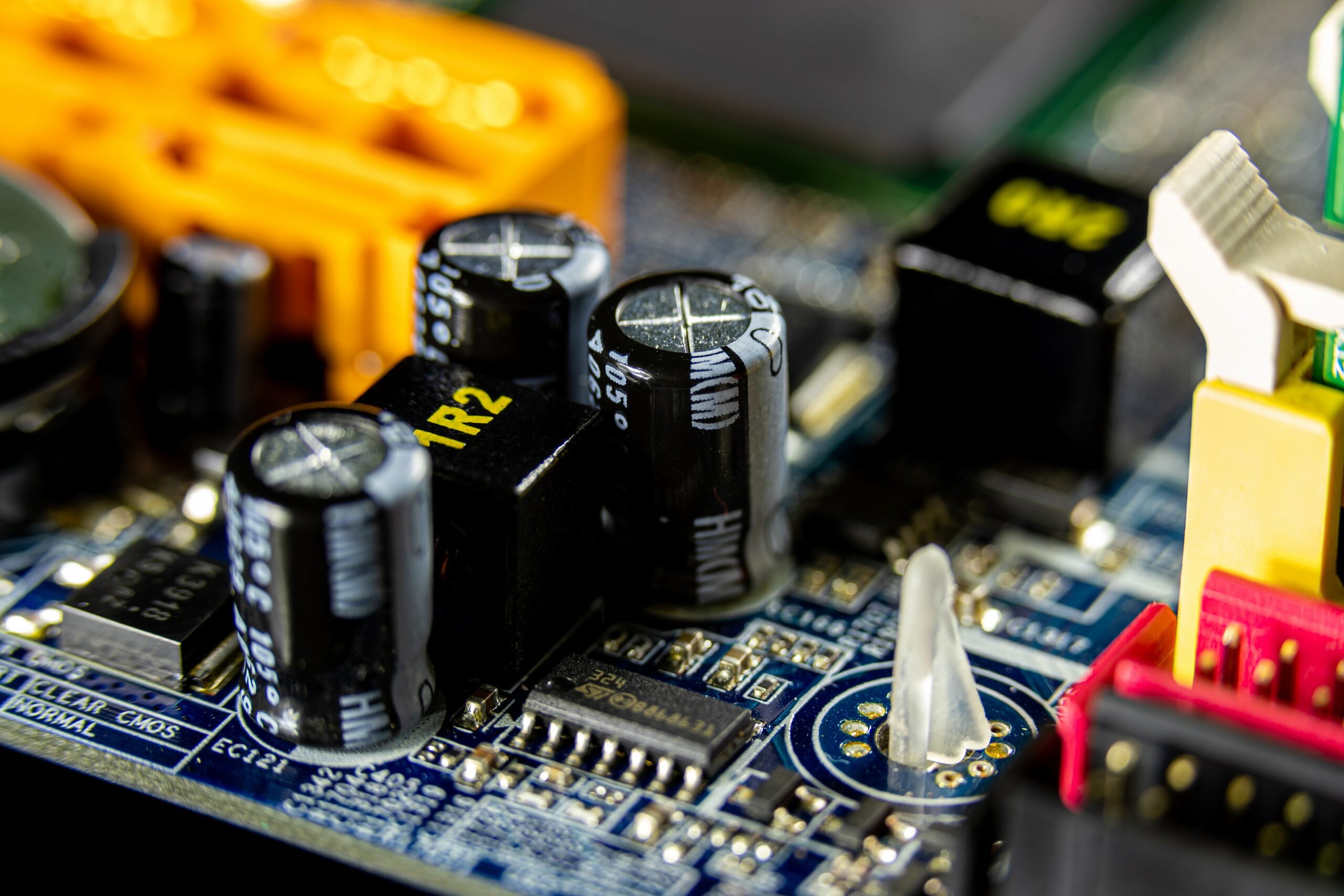
Electronic components are crucial for the proper functioning of electronic circuits and are indispensable for modern technology. In this context, the demand for electronic components is increasing in developing countries, including the electronic components UK market, which is in high demand due to the adoption of advanced technologies. By definition, electronic components are considered the building blocks of electronic circuits serving a specific function in a circuit. They come in different shapes and sizes and are used to build a variety of electronic devices ranging from simple LED flashlights to complex computers. This article outlines the most common electronic components used in electronic circuits, their types, importance, and functions.
Electronic Components: How Important They Are?
Electronic components are essential elements with specific functionality in a circuit. For example, resistors limit current flow and voltage levels, capacitors store and release electrical energy, and transistors serve as switches or amplifiers. Without electronic components, building complex electronic systems such as computers, smartphones, or advanced medical devices would be impossible. Most of the recent technological advancements rely heavily on electronic components. Furthermore, the performance of a circuit depends largely on its electronic components’ quality and characteristics. Even the smallest variations in component values or tolerances can affect a circuit’s behavior significantly.
Electronic Circuits: The Importance
In today’s modern world, electronic circuits are essential to virtually every electronic device we use daily, from smartphones to laptops and televisions to cars, shaping our lives. Electronic circuits control and process information in electronic devices and comprise interconnected components, such as transistors, diodes, capacitors, and resistors. These components perform various functions, such as amplifying signals, filtering noise, and converting energy from one form to another.
The importance of electronic circuits is evident from their widespread use across various industries, including telecommunications, healthcare, automotive, aerospace, etc. In research and development, they help create new technologies and push the limits of what is possible.
The Design of a Circuit: A Short Introduction
The design of a circuit refers to creating a schematic or diagram representing the electrical components and their connections in a circuit. The term “circuit” or “electronic circuit” refers to a collection of connected electrical components, including resistors, capacitors, diodes, transistors, and integrated circuits, to form a functional unit.
Process and Designing a Circuit:
The designing of a circuit involves considering few parameters, such as:
- Selecting the appropriate components
- Determining the values of their parameters (e.g., resistance, capacitance), and
- Deciding on the connections between them.
The design process considers the circuit’s desired functionality, the voltage and current requirements, and the physical constraints of the circuit board. The circuit design process typically involves using computer-aided design (CAD) tools, such as circuit simulation software, to simulate the circuit and ensure it functions as intended. Once the design is complete, it is typically transferred to a printed circuit board (PCB) layout tool for the physical design of the PCB.
List of Electronic Components in a Circuit:
The list of electronic components is not exhaustive, as various other components are used in circuits according to specific applications. Some of the most common ones include:
- Resistors
- Capacitors
- Inductors
- Diodes
- Transistors
- Integrated circuits (ICs)
- Voltage regulators
- Transformers
- Switches
- Relays
- Potentiometers
- Crystals and oscillators
- LEDs (Light Emitting Diodes)
- LCDs (Liquid Crystal Displays)
- Thermistors
- Photoresistors
- Hall effect sensors
- MOSFETs (Metal-Oxide-Semiconductor Field-Effect Transistors)
- Op-amps (Operational Amplifiers)
- Microcontrollers.
Types and Functions of Electronic Components in a Circuit:
An electronic component’s specific function depends on the component type and its usage in the circuit. Some of the electronic components with their basic functions in a circuit are given as under:
Resistor:
A resistor is a passive electronic component (a component that does not require an external power source to function) used to limit the current flow in a circuit. Resistors come in different resistance values measured in ohms. A higher resistance value means the resistor will limit the current flow more effectively. Additionally, they are used in various applications, including voltage dividers, current limiters, and biasing circuits.
Capacitor:
A capacitor is an electronic component used to store electric charge in a variety of applications, including filtering, timing, and energy storage. Capacitors come in different capacitance values, which are measured in farads. A higher capacitance value means that the capacitor can store more charge.
Inductor:
An inductor is an electronic component that stores energy in a magnetic field. Like capacitors, inductors are widely used in a variety of applications, including filtering, timing, and energy storage. Inductors are available in different inductance values measured in Henries. A higher inductance value indicates its higher energy storage capacity.
Diode:
A diode is an electronic component allowing current to flow in one direction only. Diodes provide a range of functions in a circuit, such as protecting circuits from reverse polarity, rectifying AC voltage into DC voltage, or generating a voltage drop in a circuit.
Transistor:
A transistor is an electronic component used as an amplifier or a switch. Transistors come in different types, including bipolar junction transistors (BJTs) and field-effect transistors (FETs). Transistors find applications in amplifiers, oscillators, and switching circuits.
Integrated Circuit:
An integrated circuit (IC) is a complex electronic component with multiple integrated electronic devices on a single chip, such as transistors, resistors, capacitors, and diodes. ICs can be used in a wide range of applications, including microprocessors, memory chips, and digital signal processors.
LED:
An LED (Light-Emitting Diode) is a type of diode that emits light when a current flows through it. LEDs come in different colours and are used for various applications, including indicators, displays, and lighting.
Transformer:
A transformer is an electronic component designed to transfer energy from one circuit to another through electromagnetic induction. Transformers come in different types, including step-up and step-down transformers. They are essential for power supplies, audio amplifiers, and RF circuits.
Potentiometer:
A potentiometer is an electronic component that varies the resistance in a circuit. It has different resistance values and is used as volume controls, tone controls, and voltage dividers.
Crystal Oscillator:
A crystal oscillator is an electronic component designed to generate an accurate and stable frequency signal in a great range of clocks, radios, and computers.
The Final Thoughts:
Electronic components come in a variety of sizes and shapes and are the fundamental building blocks of circuits, each serving a particular function. Understanding the functions of each component is essential in designing and troubleshooting electronic circuits. These components can be combined to form electronic circuits with their specific functions, such as amplifying signals, converting energy, and controlling electricity flow.







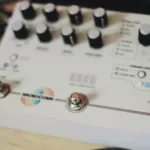

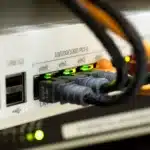
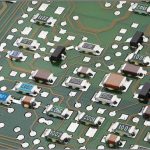
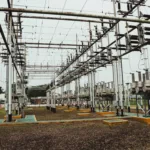


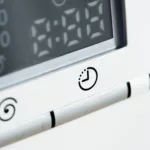

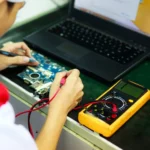





Impressive content! This is a valuable resource for CAD design. Thanks for sharing!